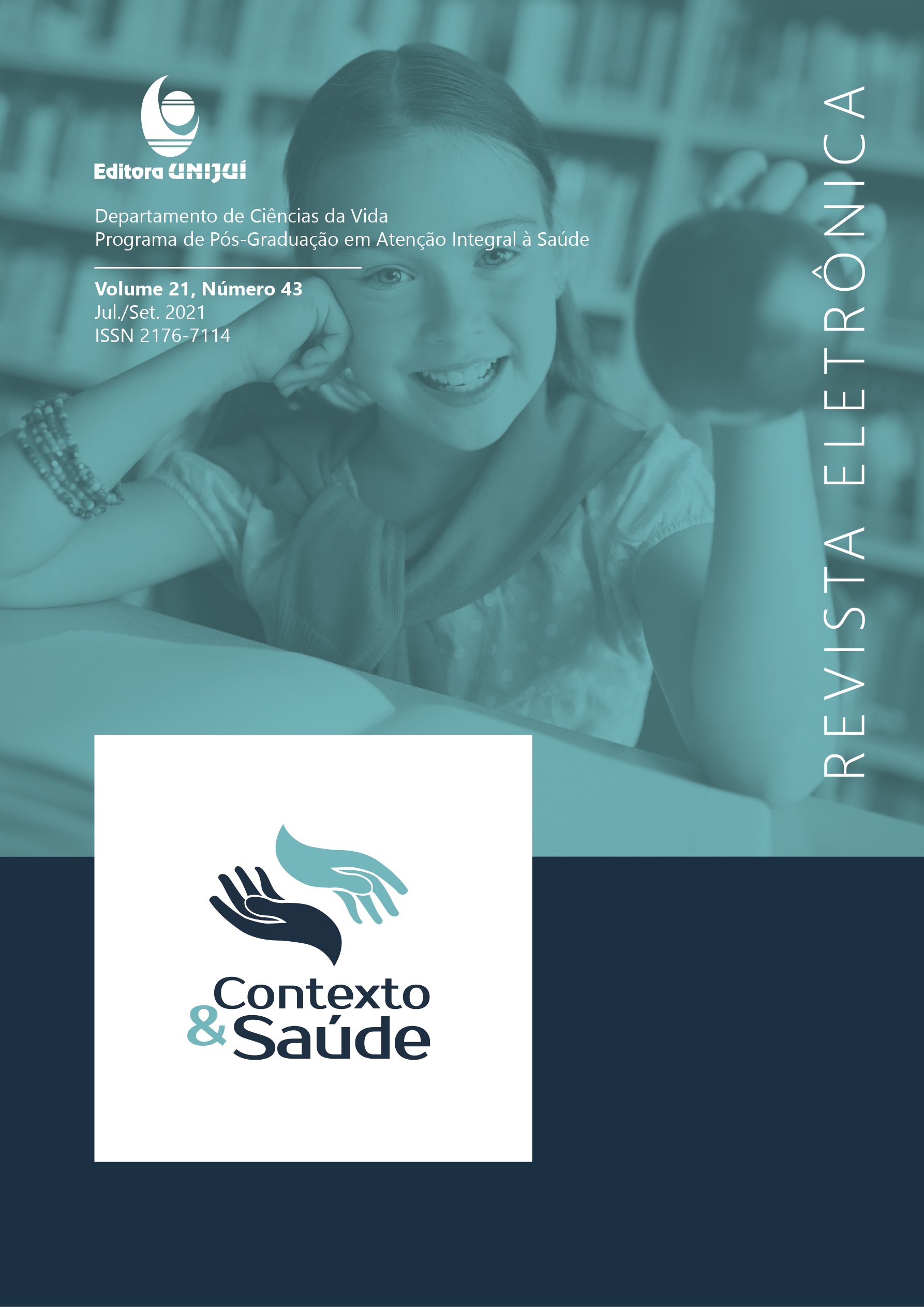ANALYSIS OF METHYLPHENIDATE (RITALIN®) INFORMATION RELEASED ON YOUTUBE VIDEOS
ANALYSIS OF METHYLPHENIDATE (RITALIN®) INFORMATION RELEASED ON YOUTUBE VIDEOS
DOI:
https://doi.org/10.21527/2176-7114.2021.43.11403Keywords:
Attention Deficit Disorder with Hyperactivity, Audiovisual Aids, Methylphenidate, Drug UtilizationAbstract
This work aims to analyze the quality, type of information and the impact of YouTube videos on the medication methylphenidate hydrochloride (Ritalin®) which, despite being indicated for attention deficit hyperactivity disorder (ADHD), has been used irrationally aiming at benefits in studies. The 60 most relevant videos on the topic were obtained using the keyword Ritalin, 2 videos were excluded because they did not discuss issues relevant to the use of the drug. The 58 videos obtained were analyzed and the information disclosed was compared with those contained in the product leaflet and in the Micromedex® database, as well as the type of information disclosed and the presence of health professionals or users of the medicine in the videos. In 33 videos (57%) there was the participation of health professionals who divulged correct information and discouraged the improper consumption of Ritalin. 9 videos (15%) also presented correct information, but were not released by health professionals. In videos with user reports, in 12 (21%), there were reports of use to improve intellectual performance, attributing properties to the medicine that were not scientifically proven. These numbers showed that most of the videos, totaling 46 (79%) seem not to compromise the correct use of the medication; however 12 videos (21%) encouraged the use of Ritalin as a stimulant for study and, therefore, represent a risk to rational use of medicines.
Downloads
Published
How to Cite
Issue
Section
License

This work is licensed under a Creative Commons Attribution 4.0 International License.
By publishing in Revista Contexto & Saúde, authors agree to the following terms:
The works are licensed under the Creative Commons Atribuição 4.0 Internacional (CC BY 4.0) license, which allows:
Share — to copy and redistribute the material in any medium or format;
Adapt — to remix, transform, and build upon the material for any purpose, including commercial.
These permissions are irrevocable, provided that the following terms are respected:
Attribution — authors must be properly credited, with a link to the license and indication of any changes made.
No additional restrictions — no legal or technological measures may be applied that restrict the use permitted by the license.
Notes:
The license does not apply to elements in the public domain or covered by legal exceptions.
The license does not grant all rights necessary for specific uses (e.g., image rights, privacy, or moral rights).
The journal is not responsible for opinions expressed in the articles, which are the sole responsibility of the authors. The Editor, with the support of the Editorial Board, reserves the right to suggest or request modifications when necessary.
Only original scientific articles presenting research results of interest that have not been published or simultaneously submitted to another journal with the same objective will be accepted.
Mentions of trademarks or specific products are intended solely for identification purposes, without any promotional association by the authors or the journal.
License Agreement (for articles published from September 2025): Authors retain copyright over their article and grant Revista Contexto & Saúde the right of first publication.

